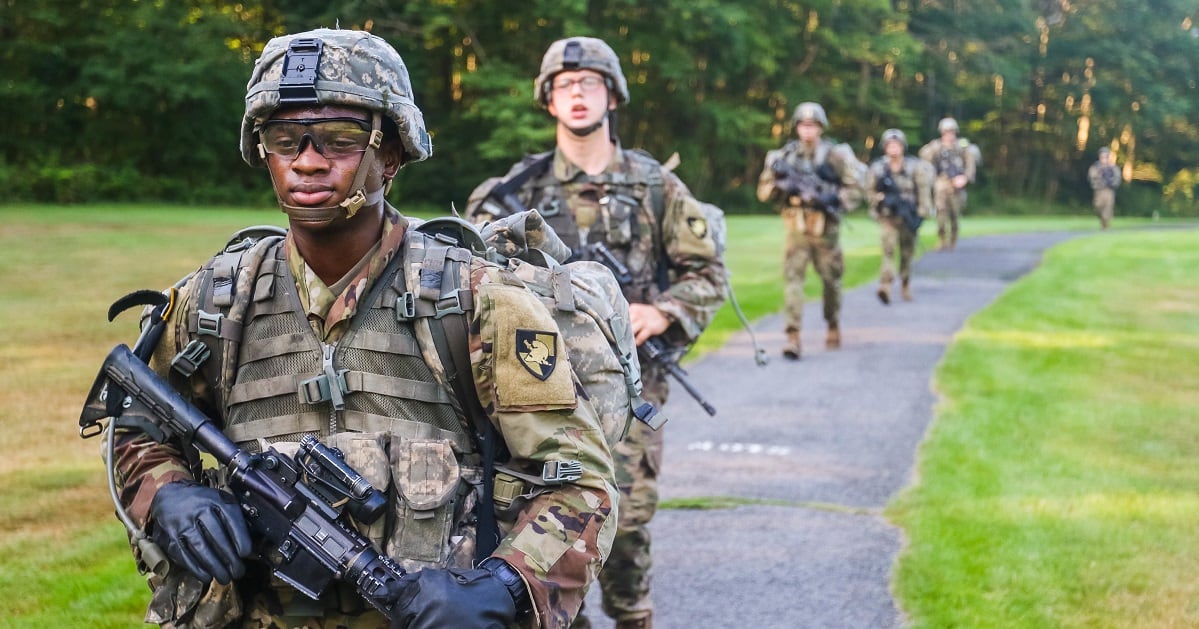The Army set in motion a series of reforms intended to cut down on unconscious biases by removing certain biographical data points from promotion packets, issuing exit surveys to soldiers leaving the force and looking at how the service recruits and mentors personnel, such as ROTC cadets.
Many initiatives were codified in September through a new Diversity, Equity, and Inclusion Annex to the year-old Army People Strategy.
“We want to ensure that diversity, equity and inclusion is an integrated part of how we do business in the Army,” Lt. Gen. Gary Brito, the Army’s deputy chief of staff for personnel issues, said this fall.
RELATED

“We want to make sure that at some point in time, we can talk about diversity, equity and inclusion without actually saying the words because it’s just in the way we do business,” Brito added.
The Urban Access Initiative, for instance, is designed to improve minority representation in the Army from large metropolitan areas.
RELATED

A pilot began this summer with the intent of recruiting future officers from the greater Houston and Los Angeles areas using “key physical and virtual networks,” according to a primer shared by the service.
Another initiative will involve strengthening the Army’s partnership with minority groups like the National Society of Black Engineers, the League of Latin American Citizens, the National Association for the Advancement of Colored People and the Pan-Pacific American Leaders and Mentors, according to the primer.
The Army’s judge advocate corps also began an assessment this summer to examine racial disparity within its justice system amid reports that black or Hispanic service members are more likely to face a trial than their white counterparts.
Kyle Rempfer was an editor and reporter who has covered combat operations, criminal cases, foreign military assistance and training accidents. Before entering journalism, Kyle served in U.S. Air Force Special Tactics and deployed in 2014 to Paktika Province, Afghanistan, and Baghdad, Iraq.





